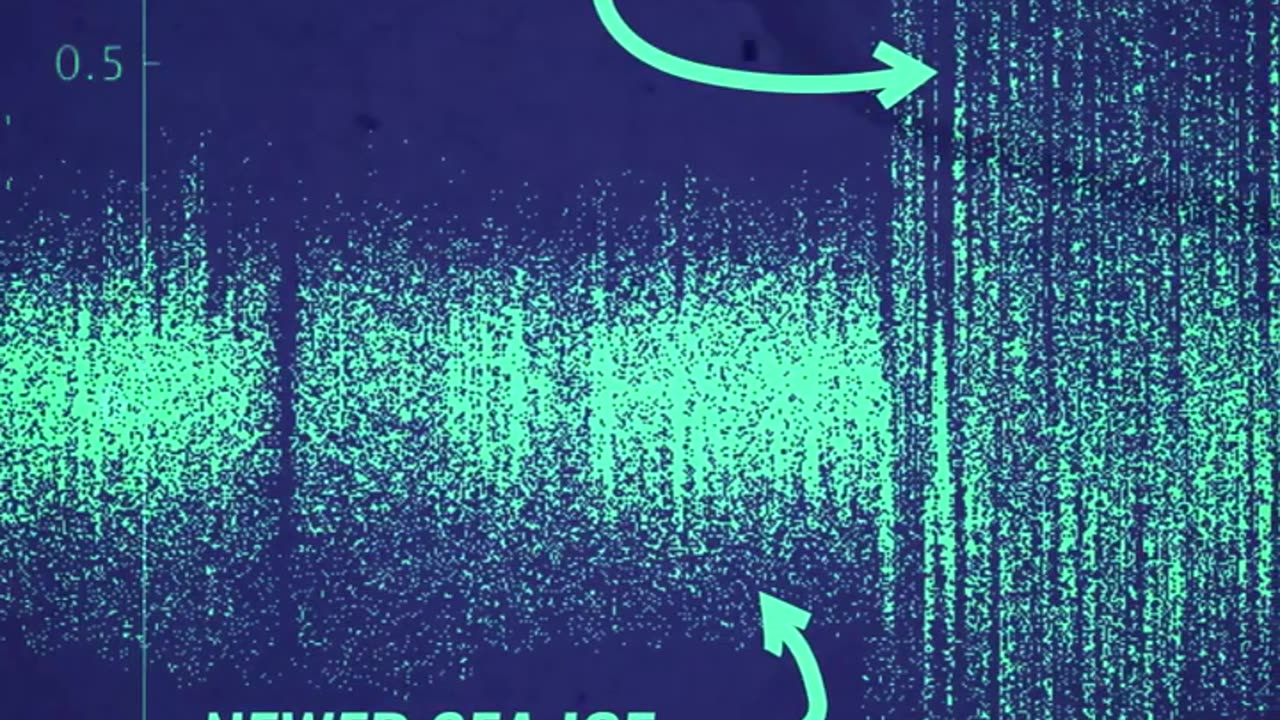Premium Only Content

PhyTon Phrightday: PACE and ICESat-2 Mess with Mesodinium
It sounds like you're referring to a special event or announcement about the PACE (Plankton, Aerosol, Cloud, ocean Ecosystem) and ICESat-2 missions and their observations of Arctic phytoplankton Mesodinium rubrum. These two missions are indeed important for understanding ocean and ecosystem dynamics.
The PACE mission is focused on monitoring and understanding various aspects of Earth's oceans, including phytoplankton, aerosols, and clouds. It aims to provide comprehensive data to help scientists and researchers better understand ocean ecosystems and the carbon cycle.
ICESat-2 (Ice, Cloud, and land Elevation Satellite-2), on the other hand, is primarily focused on measuring changes in the ice sheets and sea ice in polar regions. However, its laser altimetry technology can also be useful for monitoring features in the ocean, such as the height of the sea surface.
In the context of phytoplankton, such as Mesodinium rubrum, these missions can provide complementary and unique observations. PACE can monitor the distribution and abundance of phytoplankton by measuring chlorophyll levels and other indicators of biological activity. ICESat-2 can provide information about the physical characteristics of the ocean surface.
By combining data from these two missions, scientists can gain a more comprehensive understanding of the dynamics and distribution of phytoplankton, which play a critical role in the marine food web and the Earth's carbon cycle.
The specific details of how these missions complement each other in studying Mesodinium rubrum and other phytoplankton would depend on the data and findings presented in the crossover event you mentioned. These missions are valuable tools for Earth science research, and their collaborative use can lead to a deeper understanding of the Arctic ecosystem.
-
 LIVE
LIVE
Lofi Girl
2 years agolofi hip hop radio 📚 - beats to relax/study to
303 watching -
 LIVE
LIVE
PandaSub2000
5 days agoLIVE 9:30pm ET | MADISON VR (The Scariest Game Ever Made)
102 watching -
 2:34:32
2:34:32
Badlands Media
5 days agoCODEX 9/11
270K205 -
 1:53:43
1:53:43
Nerdrotic
6 hours ago $0.27 earnedMysteries of 3I/ATLAS | Forbidden Frontier #113
35.1K4 -
 2:04:21
2:04:21
vivafrei
1 day agoEp. 278: D.C. Peace Wave! Big Tish & Nipple Judge SPANKED! "Maryland Man" Trafficker FREE & MORE?
79.1K109 -
 LIVE
LIVE
Damysus Gaming
2 hours agoBorderlands 3 - Part 8 - FL4K Time | Children of the Vault be Warned!
48 watching -
 1:30:28
1:30:28
Patriots With Grit
5 hours agoWhat You Should Know About Harmful Vaccine Ingredients And What To Say To Your Doctor, Pediatrician, Health Department or School When They Pressure You, Your Kids Or Your Family Members | Dr. Bryan Ardis, D.C.
6.98K5 -
 LIVE
LIVE
This is the Ray Gaming
2 hours ago $0.01 earnedSunday Night Live with the Boys | Rumble Premium Creator
51 watching -
 2:02:16
2:02:16
ItsMossy
2 hours ago🍃NEW MIC WHO THIS🍃DRIVING SIM GO BRRR🍃420 SESH🍃
3.86K1 -
 LIVE
LIVE
THOUGHTCAST With Jeff D.
2 hours agoSunday night Fortnite With ScottishVikingGaming & crew
25 watching